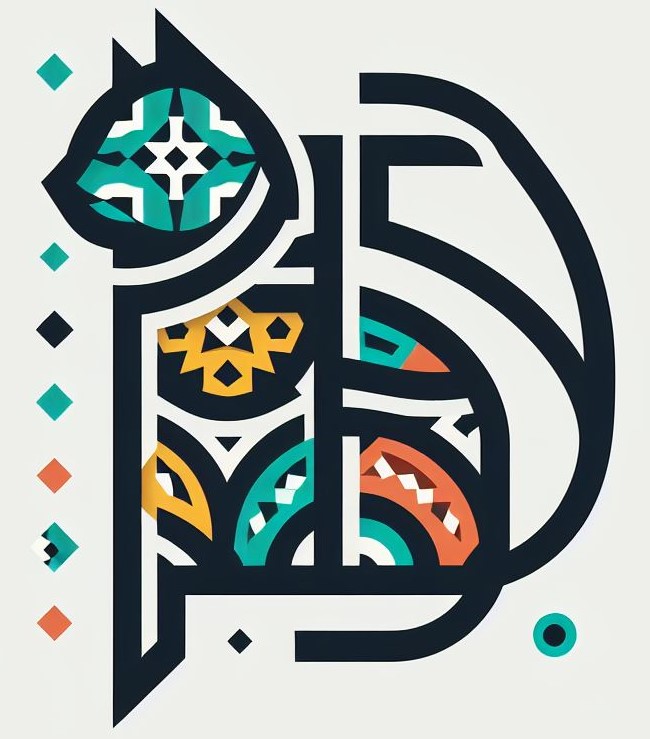license: cc-by-nc-sa-4.0
language:
- multilingual
- fa
- en
library_name: transformers
tags:
- text-generation-inference
inference: false
metrics:
- bleu
- comet
- accuracy
- perplexity
- spearmanr
pipeline_tag: text-generation
co2_eq_emissions:
emissions: 232380
source: >-
PersianMind: A Cross-Lingual Persian-English Large Language Model.
https://arxiv.org/abs/2401.06466
training_type: fine-tuning
hardware_used: 4 RTX3090 24GB GPUs
geographical_location: Tehran, Iran

PersianMind
PersianMind is a cross-lingual Persian-English large language model. The model achieves state-of-the-art results on Persian subset of the Belebele benchmark and the ParsiNLU multiple-choice QA task. It also attains performance comparable to GPT-3.5-turbo in a Persian reading comprehension task.
Model Description
- Developed by: Pedram Rostami, Ali Salemi, and Mohammad Javad Dousti
- Model type: Language model
- Languages: English and Persian
- License: CC BY-NC-SA 4.0 (non-commercial use only.)
How to Get Started with the Model
Use the code below to get started with the model.
Note that you need to install sentencepiece and accelerate libraries along with PyTorch and 🤗Transformers to run this code.
from transformers import AutoTokenizer, AutoModelForCausalLM
import torch
device = "cuda" if torch.cuda.is_available() else "cpu"
model = AutoModelForCausalLM.from_pretrained(
"universitytehran/PersianMind-v1.0",
torch_dtype=torch.bfloat16,
low_cpu_mem_usage=True,
device_map={"": device},
)
tokenizer = AutoTokenizer.from_pretrained(
"universitytehran/PersianMind-v1.0",
)
TEMPLATE = "{context}\nYou: {prompt}\nPersianMind: "
CONTEXT = "This is a conversation with PersianMind. It is an artificial intelligence model designed by a team of " \
"NLP experts at the University of Tehran to help you with various tasks such as answering questions, " \
"providing recommendations, and helping with decision making. You can ask it anything you want and " \
"it will do its best to give you accurate and relevant information."
PROMPT = "در مورد هوش مصنوعی توضیح بده."
model_input = TEMPLATE.format(context=CONTEXT, prompt=PROMPT)
input_tokens = tokenizer(model_input, return_tensors="pt")
input_tokens = input_tokens.to(device)
generate_ids = model.generate(**input_tokens, max_new_tokens=512, do_sample=False, repetition_penalty=1.1)
model_output = tokenizer.batch_decode(generate_ids, skip_special_tokens=True, clean_up_tokenization_spaces=False)[0]
print(model_output[len(model_input):])
How to Quantize the Model
Quantized models can be run on resource-constrained devices.
To quantize the model, you should install the bitsandbytes library.
In order to quantize the model in 8-bit (INT8), use the code below.
model = AutoModelForCausalLM.from_pretrained(
"universitytehran/PersianMind-v1.0",
device_map="auto",
low_cpu_mem_usage=True,
load_in_8bit=True
)
Alternatively, you can quantize the model in 4-bit (NormalFloat4) with the following code.
from transformers import BitsAndBytesConfig
quantization_config = BitsAndBytesConfig(
load_in_4bit=True,
bnb_4bit_use_double_quant=True,
bnb_4bit_quant_type="nf4",
)
model = AutoModelForCausalLM.from_pretrained(
"universitytehran/PersianMind-v1.0",
quantization_config=quantization_config,
device_map="auto"
)
Evaluating Quantized Models
| Model | Belebele (Persian) | Fa→En Translation (Comet) |
En→Fa Translation (Comet) |
Model Size | Tokens/sec |
|---|---|---|---|---|---|
PersianMind (BF16) |
73.9 | 83.61 | 79.44 | 13.7G | 25.35 |
PersianMind (INT8) |
73.7 | 82.32 | 78.61 | 7.2G | 11.36 |
PersianMind (NF4) |
70.2 | 82.07 | 80.36 | 3.9G | 24.36 |
We evaluated quantized models in various tasks against the original model.
Specifically, we evaluated all models using the reading comprehension multiple-choice
question-answering benchmark of Belebele (Persian subset) and reported the accuracy of each model.
Additionally, we evaluated our models for Persian-to-English and English-to-Persian translation tasks.
For this, we utilized the Persian-English subset of the Flores-200 dataset and
reported our results using the Comet metric.
Furthermore, we calculated the average number of generated tokens per second by each model during running the translation tasks.
To understand resource efficiency, we measured the memory usage of each model by employing the get_memory_footprint() function.
License
PersianMind is subject to Meta's LLaMa2 Community License. It is further licensed under CC BY-NC-SA 4.0, which allows non-commercial use of the model. Commercial use of this model requires written agreement which must be obtained from the copyright holders who are listed as developers in this page. If you suspect any violations, please reach out to us.
Citation
If you find this model helpful, please ensure to cite the following paper.
BibTeX:
@misc{persianmind,
title={{PersianMind: A Cross-Lingual Persian-English Large Language Model}},
author={Rostami, Pedram and Salemi, Ali and Dousti, Mohammad Javad},
year={2024}
eprint={2401.06466},
archivePrefix={arXiv},
primaryClass={cs.CL}
}